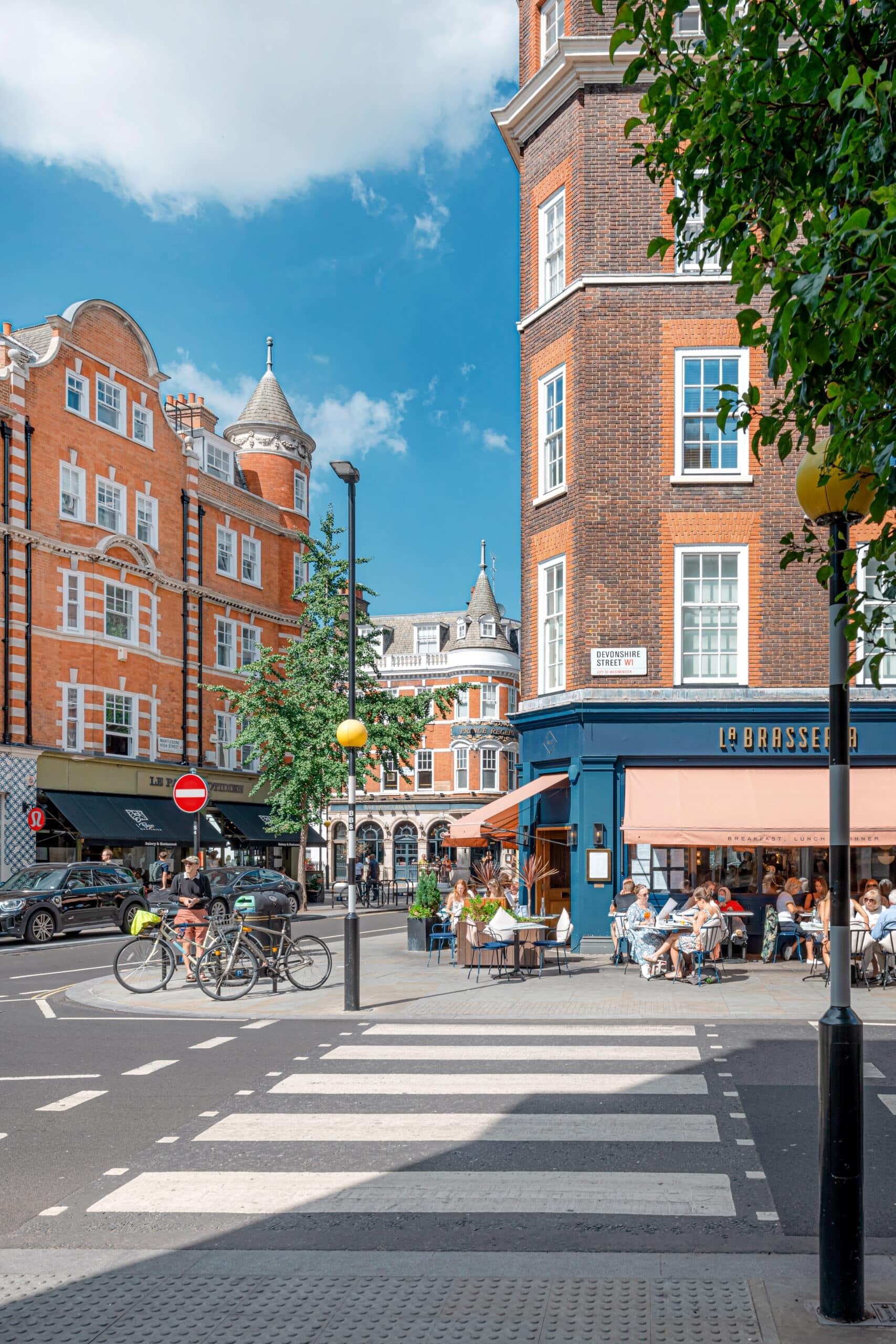At London House we pride ourselves on our knowledge and passion for London, its villages, its nuances, and its hidden gems. In our latest House Edge Report we shine a light on the the city's rich and varied local neighbourhoods, focusing on those with the biggest appeal for high net worth property buyers.
Covering just 3% of London’s land area yet home to over 518,000 residents (6% of its population), Prime London is one of the most sought-after global neighbourhoods. Delving deeper into the area reveals some interesting insights into its unique aspects and its neighbourhoods. Each prime London neighbourhood is distinct, whether it is the housing stock and architecture, its connectivity, green space or the amenities within its vicinity. Location, price and property specification all feature when making a decision to purchase, the weighting afforded to each will determine exactly which property in which location is right for the buyer or renter.


With an average population density far higher than the London average, it is no surprise that a significantly higher proportion of the housing stock in Prime London is apartments – 85.9% versus 54.2% in London. However, this overall figure disguises significant nuances between the neighbourhoods. In Knightsbridge, Kensington and Chelsea, around one quarter of properties are houses, and more than one in five households in these areas live in a property with four or more bedrooms. Of all neighbourhoods, the highest concentration of detached houses is to be found in St John’s Wood. In comparison, more than 90% of dwellings in Buckingham Gate, Fitzrovia, Marylebone and Hyde Park Estates are apartments.


History & Environment
Prime London is home to more than one in five of all London’s listed buildings, per resident, with Mayfair boasting the highest number of any neighbourhood. With Hyde Park and Regent’s Park within its borders it is perhaps no surprise that nearly 20% of Prime London is open green space. The proportion in Mayfair, Fitzrovia, Hyde Park Estates and Regent’s Park is even higher.
More than 8 in 10 residents in Prime London are within a 200-metre walk of a bus or tube stop; the figure is over 9 in 10 in six neighbourhoods. Although car ownership levels are lower in the capital, in virtually all areas every household is within 400 metres of a publicly accessible Electric Vehicle Charge Point. Across London as a whole, the proportion is just 61%.

Amenity Provision
Education always features highly as a reason London is considered an excellent choice for residents of all ages. Across Prime London there are close to 70 day nurseries and playschools, and over 100 independent schools, equivalent to 1 in 7 of all independent schools in the capital. In the state sector, 37% of all households have an Ofsted rated ‘Outstanding’ school as their nearest primary or secondary, higher than the London average (28.5%). In three districts of Prime London: South Kensington, Marylebone and Notting Hill, the figure is more than 50%. Prime London is home to 27 universities, including Imperial College London located in South Kensington, while the London School of Economics and King’s College are easily accessible just minutes away to the west of Mayfair.
There are over 6,600 shops across the district, the majority of which are small (less than 750m² in size) and nearly 1,600 cafés and restaurants. 16% of all London restaurants are located in the area. On average, across London there are around 1,100 residents per restaurant; in Prime London the figure is just 200, and in Buckingham Gate, Mayfair and Fitzrovia the number is less than 50. Mayfair is home to three 3* Michelin restaurants, with Notting Hill and Chelsea the locations of the other two that are located within Prime London.

